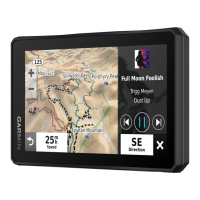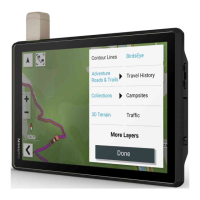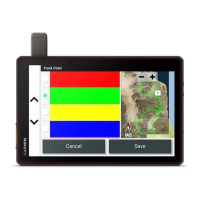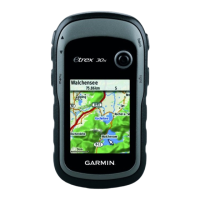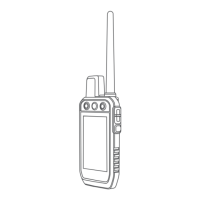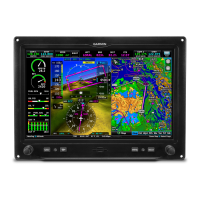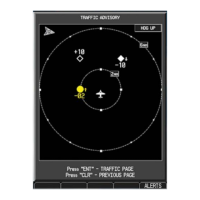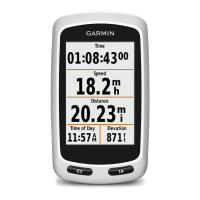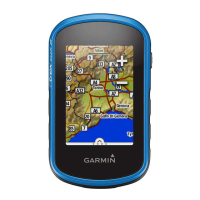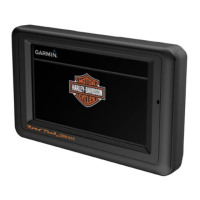Do you have a question about the Garmin Tread SXS Edition and is the answer not in the manual?
| Display Size | 5.5 inches |
|---|---|
| Touchscreen | Yes |
| Water Rating | IP67 |
| Preloaded Maps | Yes |
| Internal Storage | 16 GB |
| Wi-Fi | Yes |
| Bluetooth | Yes |
| GPS | Yes |
| GLONASS | Yes |
| Galileo | Yes |
| ANT+ | Yes |
| Barometric Altimeter | Yes |
| Compass | Yes |
| External Memory Storage | microSD card |
